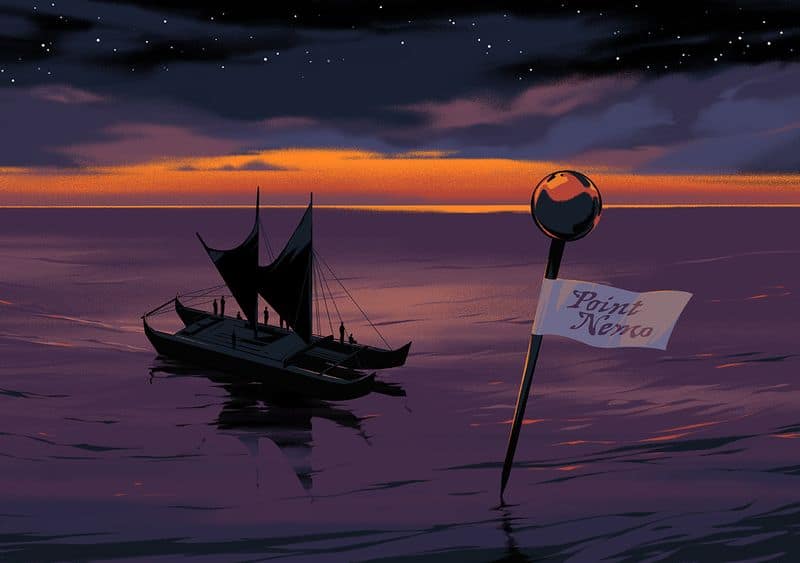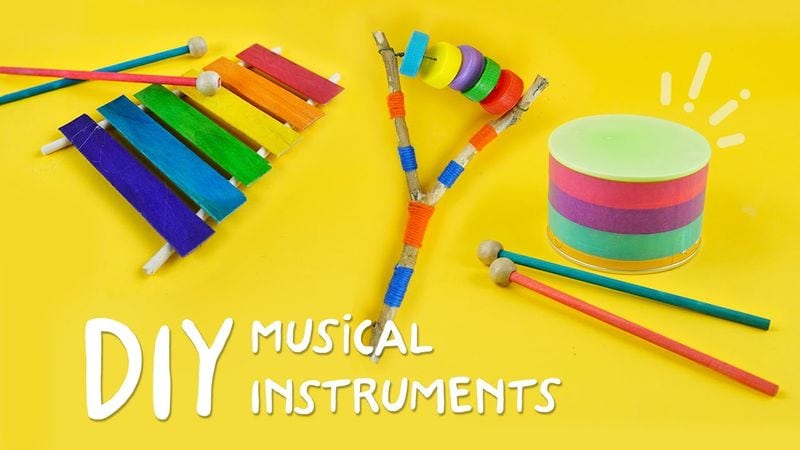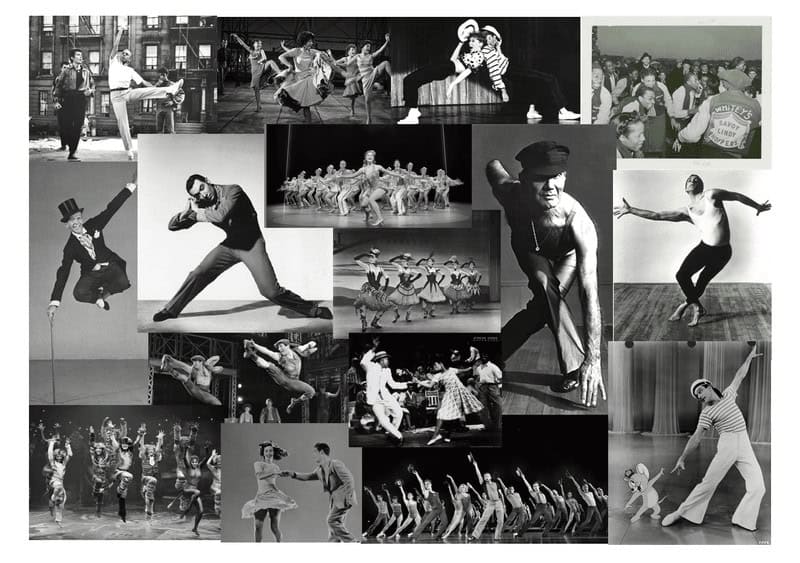In a rapidly evolving world where technology seems to outpace human adaptation, some skills are becoming as rare as they are valuable. Imagine a future where your grandkids miss out on the quirkiest yet crucial skills that seem second nature to earlier generations. We’re talking about those bizarre, charming, or completely left-field abilities that, while odd, can bring a sense of fulfillment or survival.
In the age of automation, these skills might just be what your grandkids need to thrive in a world that prizes both the practical and the imaginative. Here are nine unique skills that might not make it into your grandkids’ repertoire but could be vital for their success.
1. Tying Complex Knots

Knot tying is not just for scouts or sailors. Mastering complex knots can be a lifesaver, literally. Imagine being stranded in the woods with nothing but some rope. Knowing how to tie a bowline or a clove hitch could mean the difference between a secure shelter and a long, cold night.
Beyond survival, knot skills can come in handy in everyday life, whether it’s securing luggage on a rooftop or crafting a DIY project. While it may seem like a trivial skill, the art of knot tying is a blend of patience, precision, and creativity.
2. Navigating by Stars

Before GPS, our ancestors relied on the stars to guide them across vast oceans and endless plains. Although technology has made celestial navigation seem obsolete, the skill is still a marvel of human ingenuity.
Learning to read the night sky can foster a deeper connection with nature and a better understanding of our place in the universe. It’s not just about finding direction; it’s about harnessing ancient knowledge to find one’s path in life.
While star navigation may never replace modern tech, it offers a timeless lesson in self-reliance.
3. Writing in Cursive

In a digital age dominated by typing and texting, cursive writing is fast becoming a lost art. Yet, there’s something profoundly personal and expressive about a well-crafted cursive script. It allows for a fluidity and grace that typing cannot capture.
Cursive writing can be a form of artistic expression. It engages the brain in unique ways, promoting cognitive development and fine motor skills.
Reviving cursive might just rekindle the joy of personal, tactile communication in our fast-paced, screen-driven world.
4. Foraging Wild Plants

Foraging for wild plants is more than a trendy pastime; it’s a survival skill and a way to connect with nature’s bounties. Understanding which plants are edible, medicinal, or toxic can be crucial knowledge.
This skill invites exploration and curiosity, teaching respect for the natural world and promoting sustainable living. In a society dependent on grocery stores, foraging offers a sense of independence and adventure.
Encouraging your grandkids to learn about foraging can foster a lifelong appreciation for nature’s gifts and the wisdom of self-sufficiency.
5. Whistling Tunes

Whistling may seem like a mere childhood whimsy, but it’s a unique form of music-making that requires control and creativity. It’s more than just puckering your lips and blowing; it involves mastering pitch and rhythm.
Whistling can be a delightful way to express oneself, create music on the go, or even communicate across distances. It’s an art form that invites improvisation and playfulness.
While it might seem trivial, whistling tunes can brighten a day and spread joy in the most unexpected places.
6. Crafting Homemade Instruments

In an era of mass-produced everything, crafting homemade instruments brings a touch of uniqueness and creativity. It’s about transforming everyday objects into sources of rhythm and melody.
This skill nurtures ingenuity and resourcefulness, as kids learn to make music with what they have. It also cultivates an appreciation for handcrafted art and the joy of creating something entirely your own.
Encouraging this skill can foster teamwork, patience, and a deep connection to the universal language of music.
7. Building Treehouses

Building a treehouse is more than a childhood fantasy; it’s an adventure in architecture and engineering. This skill combines practical know-how with imaginative design, teaching principles of balance, stability, and creativity.
Constructing a treehouse encourages problem-solving and provides a sense of achievement. It’s a hands-on project that brings families together, fostering teamwork and shared memories.
While it may seem like just play, building a treehouse can ignite a lifelong passion for design and construction.
8. Dancing Old-Fashioned Jigs

Old-fashioned jigs aren’t just for historical reenactments; they’re a lively and joyous way to experience cultural heritage. Dancing jigs requires stamina, coordination, and an ear for rhythm.
This skill can bridge generations, bringing young and old together in shared joy and exercise. It’s a celebration of tradition and an expression of life through movement.
Mastering the jig can keep cultural legacies alive and kicking, offering a fun and physical way to engage with history.
9. Reading Analog Clocks

In a digitized world, reading an analog clock might seem unnecessary, but it’s an essential skill for developing time-telling intuition. Understanding the movement of clock hands can provide a tactile sense of time’s passage.
This skill fosters spatial awareness and mental mapping, crucial for various cognitive functions. Analog clocks offer a connection to the past, teaching patience and the rhythm of life.
Encouraging the understanding of analog timepieces can cultivate a deeper appreciation for the nuances of time itself.

Well, hello there!
My name is Jennifer. Besides being an orthodontist, I am a mother to 3 playful boys. In this motherhood journey, I can say I will never know everything. That’s why I always strive to read a lot, and that’s why I started writing about all the smithereens I came across so that you can have everything in one place! Enjoy and stay positive; you’ve got this!

